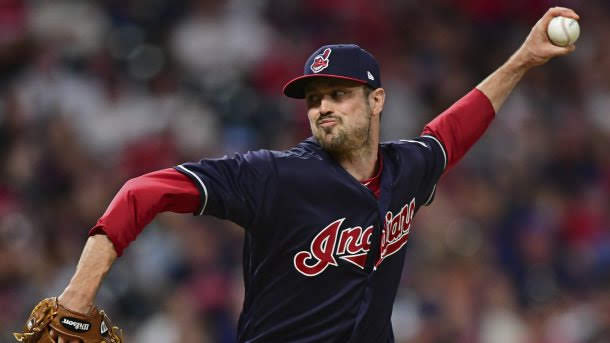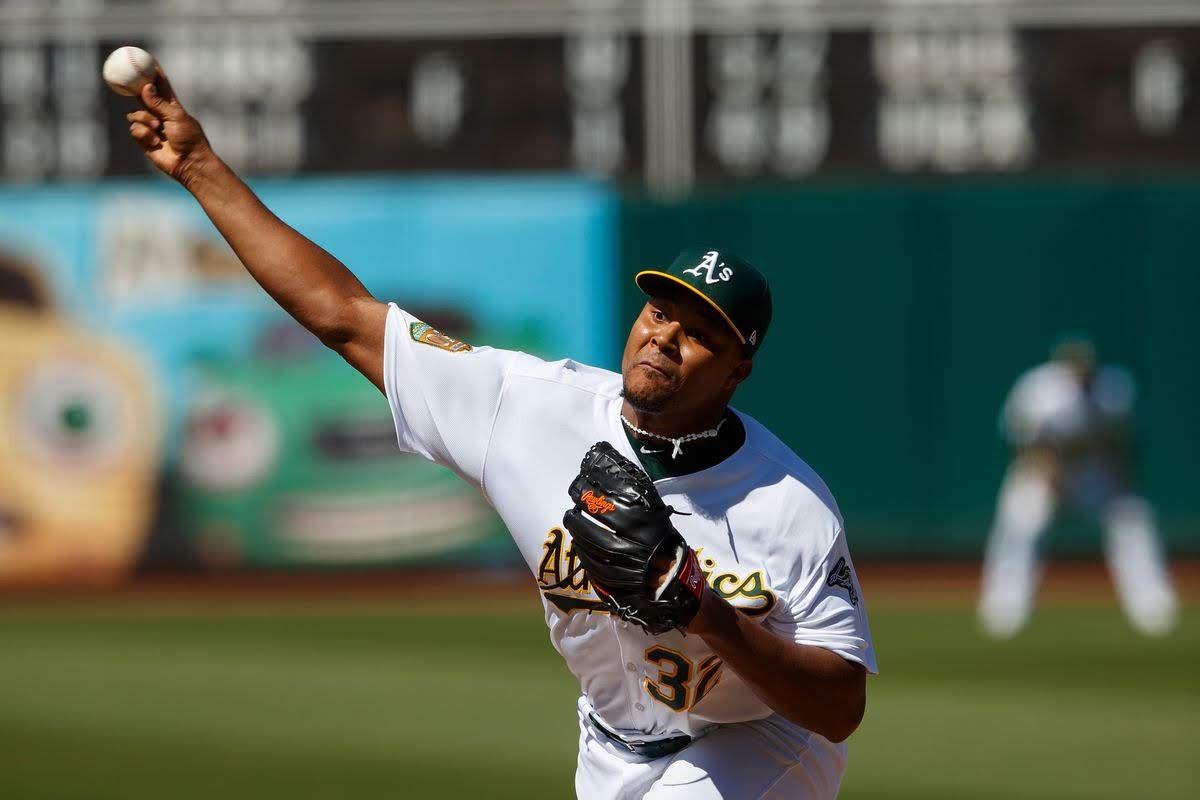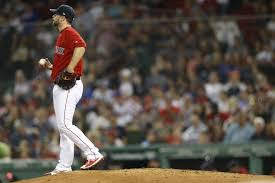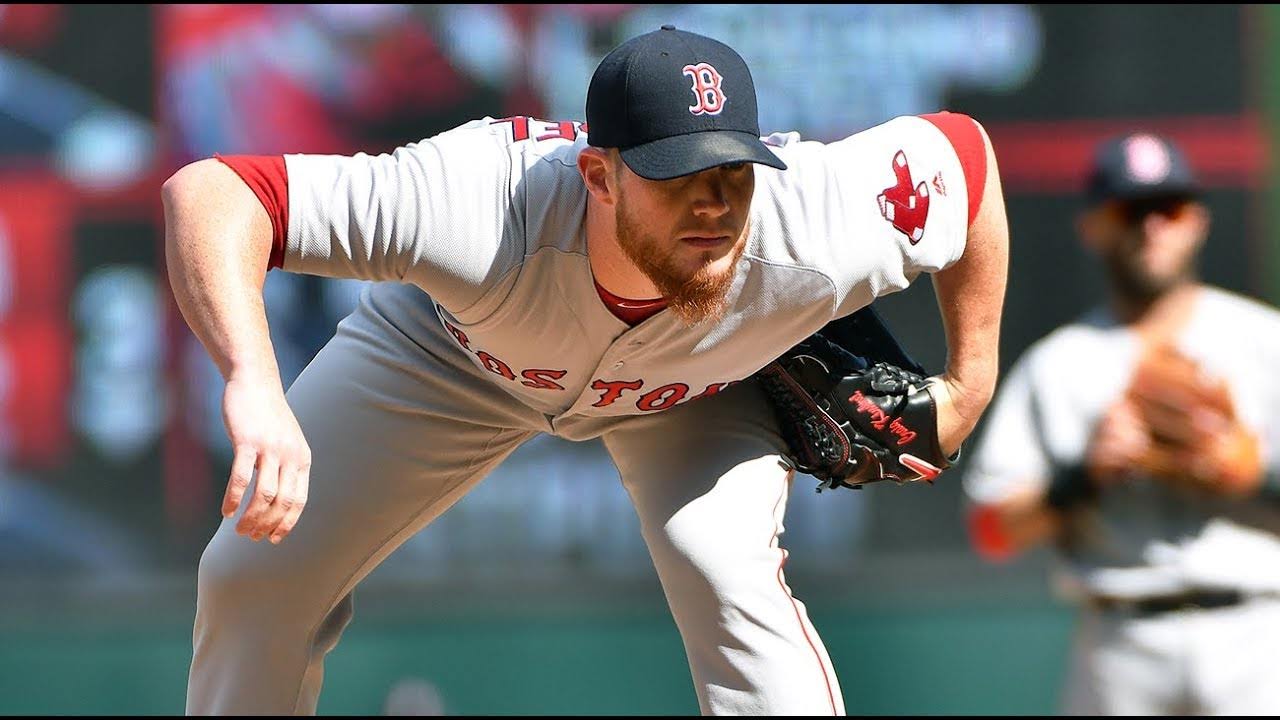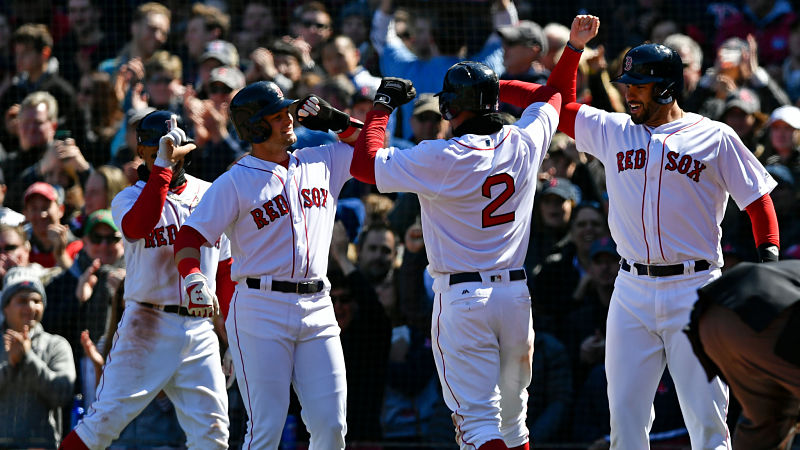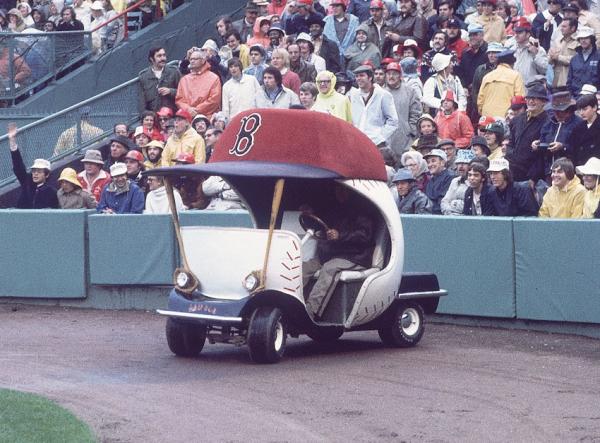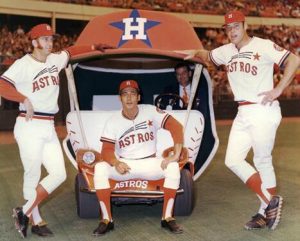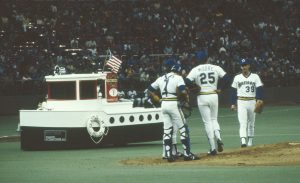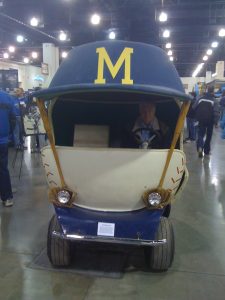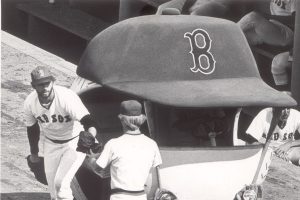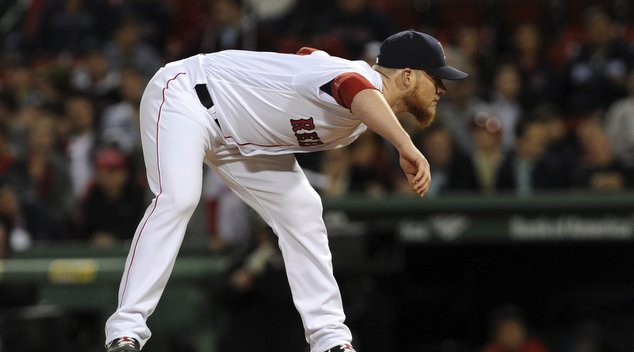In today’s game, relief pitchers are used so often. Starters are often relied upon to only go five to six innings, then turn it over to the pen to close things out for several innings. There are more relievers in the game, and more guys who throw in the upper 90’s. Nowadays, there are so many guys who can dominate for an inning, and oftentimes there are random guys who have one outstanding season. This can make it difficult to determine who is real and who is a pretender. In this article, I factor in age when determining my top 10.
Craig Kimbrel
Kimbrel is one of the most dominant stoppers the game has ever seen. From when he broke in during the 2010 season, through 2014, Kimbrel had a ridiculous 1.43 ERA while saving 186 games. During this time he struck out 14.8 batters per nine innings pitched and had a WHIP of 0.90. You really can’t be any better than he was. He did tail off for two seasons after leaving Atlanta, though he did save 70 games with a sub 3.00 ERA.
Last season, Kimbrel was back to his dominant self, pitching to a 1.43 ERA, the same ERA he had during his first five seasons. Kimbrel had a crazy low 0.68 WHIP and a filthy 16.4 strike outs per nine innings. In fact, if Kimbrel had struck out just one batter that managed to put the ball in play, he would have struck out exactly half of the batters he faced on the season. Still just 29 years old, Kimbrel should have plenty of run left as a dominant closer.
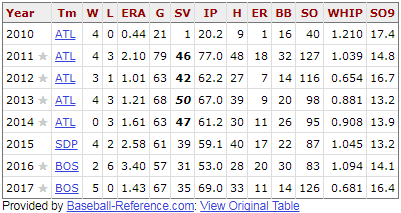
Kenley Jansen
Kimbrel and Jansen are clearly the top two relievers in baseball in my mind. It was them one-two, and then figuring out the rest. Jansen is remarkable in that he was a catcher in the minor leagues before becoming one of the most dominant relievers in the game. In parts of eight seasons, Jansen has posted an ERA below 2.00 in half of them. One of the top strike out artists in baseball, Jansen has struck out 14 batters per nine innings pitched during his career.
Jansen had arguably his best season last year, leading the league with 41 saves to go with his 5-0 record. He had the lowest ERA (1.32) and the lowest WHIP (0.75) of anyone with 11 or more innings pitched in the National League. Jansen has saved 230 games during his career. His ERA is 2.08 and he has a career 0.87 WHIP. Every number is among the league leaders during the time period.
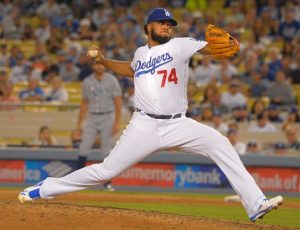
Photo by John McCoy/So Cal News Group
Roberto Osuna
This might be a name that doesn’t come straight to mind for most. Osuna has not been around long, and pitches for a mediocre team north of the border. As such, Osuna doesn’t get the publicity others do. Make no mistake, Osuna is one of the best relief pitchers in baseball. Turning just 23 in less than a week, Osuna should be around much longer than guys behind him on this list.
As a closer, one thing you don’t want to do is allow baserunners. Osuna has a WHIP below 1.00 in all three seasons of his career, so he does a great job of limiting them. This past season, even though his ERA was a career high 3.38, Osuna allowed the fewest baserunners of his career at 0.86 per inning. He also allowed a career low three home runs, leading me to believe his still solid ERA was flukily high. With a little more luck, his ERA should dip back closer to 2.50 this coming season. Osuna has saved 95 games in his first three seasons, and at such a young age there is room for improvement.
Andrew Miller
If this list was just for 2018, Miller would be at least one spot higher. Easily the most dominant left-handed reliever in the game, Miller dominates both left-handed and right-handed hitters alike.

Over the last four years, Miller has been arguably more dominant than anyone. He is 22-11 over that span with a 1.72 ERA, 0.79 WHIP and 14.5 strike outs per nine innings. He can go for more than one innings, which he illustrated during the postseason over the past couple years. In postseason play, Miller has a 1.10 ERA over 32.2 innings pitched. He seems to dominate no matter the circumstance. Miller will be turning 33 in May, giving him a full decade on Roberto Osuna, causing me to place Osuna in the third spot. I will not argue the fact that at the moment, Miller is the better pitcher.
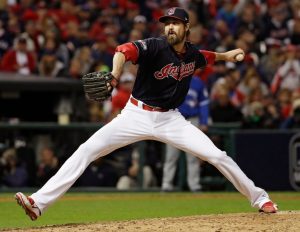
Matt Slocum/Associated Press
Dellin Betances
I was shocked when I looked up Betances and learned he would be 30 years old before the season starts. He has only been around for four years, so it seems like he should be much younger. He also has been less dominant the last two seasons than he was in his first two. However, Betances can still dominate and has great stuff, so he cracks my top five. After pitching to a 1.45 ERA in his first two seasons, Betances’ ERA in the last two is 2.98. His WHIP has also risen every season, going from 0.78 in 2014 to 1.22 last season. There are some warning signs, but this is still a guy who has struck out over 15 batters per nine in each of the last two years. Last year, only Craig Kimbrel had a better strike out rate in the AL.
Ken Giles
Ken Giles struggled this past postseason, but that should not be all you think about when it comes to him. At 27, Giles has been in the majors for four years. Giles has a 2.43 career ERA and 12.4 strike outs per nine. After dominating for two seasons in Philadelphia, Giles encountered his first struggles in 2016 with the Astros. Despite the struggles, he did strike out a career high 14 batters per nine. Reaffirming himself as one of the better relievers in baseball, Giles posted a 2.30 ERA for the Astros last year with a 1.04 WHIP. He bolstered the back end of the Houston bullpen as they made their race towards the playoffs. Giles should be a good closer for years to come.

Aroldis Chapman
One could definitely argue that Chapman should be higher on the list. After all, I do have Chapman approaching top 10 all-time status for relief pitchers. However, Chapman showed signs of cracking last season and will be 30 before the month is out. Not that 30 is old, but he has eight Major League seasons of throwing a ball 100 miles per hour. All the stress of throwing that hard could catch up to him. Late last year, his control was all over the place and he exhibited very poor body language on the mound at times. I also wonder then how he will handle the pressures of New York.
All that said, Chapman still posted good numbers, just far from the great ones we were used to from him. His ERA was its highest since 2011, as was his WHIP. Chapman also posted the lowest strike outs per nine of his career. For his career though, Chapman has struck out nearly 15 batters per nine innings while allowing one baserunner per inning. He has surpassed 200 career saves with a 2.21 ERA.
Cody Allen
A man who can keep Andrew Miller from being a closer must be a pretty good pitcher, and Cody Allen is that man. He isn’t better than Miller, but Miller is more valuable in a role where he can be plugged in at opportune times, and Allen is plenty good enough to hold down the fort when his time comes. In five full seasons, Allen has had an ERA below 3.00 in all of them. He has saved 122 games while pitching to a 2.67 ERA. Whether it’s gone noticed or not, Allen has been even better in the playoffs. Over 19.1 postseason innings, Allen has allowed 1 earned run while striking out 33 batters.
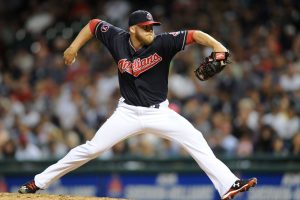
Ken Blaze-USA TODAY Sports
Corey Knebel
Based just upon last year, Knebel should maybe be several spots higher on this list. I’d like to see him do it for another year though, as he kind of came out of nowhere last year to be one of the very best closers in the game. Knebel was a first round pick, so there is reason to think he can possibly continue his dominance. However, before last year Knebel had a career ERA north of 4.00 along with a relatively high WHIP. He had struck out a good amount of batters, but not near the rate at which he did this past year.
Last season, Knebel saved 39 games for the Brewers while striking out just a tick under 15 batters per nine innings. Knebel’s ERA hovered around 1.00 for half the season before one poor game. He then didn’t allow a run in 21 of his next 22 appearances to get his ERA back in the low 1.00’s. He faded a little in the last week or two of the season, possibly tiring out as he pitched more than ever before. Knebel finished the season with a 1.78 ERA
Zach Britton
Heading into last year, Britton would have likely been in the top three of this list. After an injury plagued season, and one much worse than we have been accustomed to, Britton has some rebounding to do. Problem is, he is injured again and expected to miss half this season. He is also 30 years old now. All of that has him dropped, but I felt he still needed to be included based upon how dominant he has proven to be when healthy. Britton was a legitimate Cy Young candidate in 2016, allowing just four earned runs over 67 innings pitched. He led the league with 47 saves that year along with his 0.54 ERA.
Over the three seasons prior to last year, Britton had a 1.38 ERA and 0.91 WHIP while saving 120 games. He was probably the best closer in the game during that three year stretch. Last year his WHIP skyrocketed to an unhealthy 1.53, though he still managed a 2.89 ERA due to his ground ball tendencies. Even if Britton comes back and shows some rust this season after missing half the year, I expect him to ultimately return to being a dominant closer again for a few years.
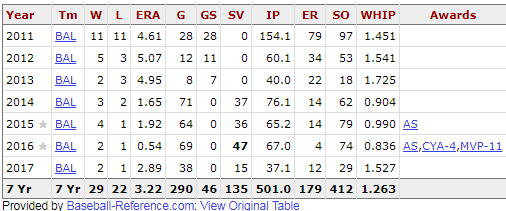
Honorable Mentions:
Edwin Diaz, Raisel Iglesias, Brad Hand, Wade Davis, Greg Holland
